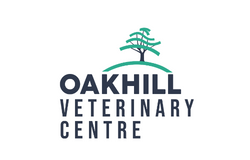We recently diagnosed Salmonella Dublin on a farm which was experiencing an increase in the number of sick cows, abortions, calf scour and pneumonia and calf mortality. We had been suspicious of Salmonella for some time. A bulk tank test showed moderate levels of exposure, but we had not been able to isolate the bacteria on farm to confirm it was active and determine which Salmonella species was involved.

A sick cow presented with severe diarrhoea and dehydration which despite aggressive treatment died. A faecal sample was taken from which Salmonella Dublin was isolated.
Salmonella Dublin is one of the most common cow-adapted strains of Salmonella. Several other strains may also be isolated in cattle and it is important to determine which strain is present. Cattle can become carriers of Salmonella Dublin and shed the bacteria intermittently, particularly during periods of stress such as calving. This often leads to disease being seen primarily in the calves.
Many of the control measures implemented around calving to control Johne’s disease are effective in reducing the transmission of Salmonella. Maintaining a clean hygienic calving environment is particularly important. The frequency of cleaning out and disinfecting the calving pens was increased and a new policy of removing calves from their dams as soon as possible was adopted.
The herd was vaccinated including the in-calf heifers. The primary course consists of two-doses given at a three-week interval followed by an annual booster. In addition to the improvements to calving management, vaccination greatly reduced the incidence of disease, which was quickly noticeable in the calves.
